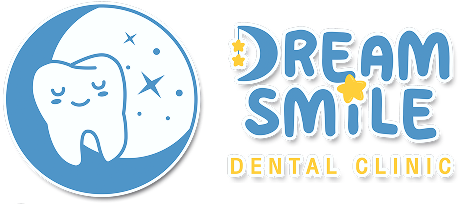Dental Crown
The primary purpose of a dental crown is to protect the remaining tooth structure from further deterioration while restoring its strength and functionality. For example, if a tooth has decayed significantly, causing a large portion of the structure to break off, it may become sensitive, painful, and prone to food entrapment. Continuing to use the compromised tooth can lead to further damage, increasing the risk of severe fractures or even tooth loss.
If you want to preserve your natural tooth and avoid the need for extraction or dentures, a dental crown is an effective solution that helps restore both the function and durability of your tooth.
When Should You Get a Dental Crown?
Characteristics of Dental Issues That Require a Crown:
- Fractured, chipped, or cracked teeth
- Decayed teeth with large cavities
- Teeth that have undergone root canal treatment
- Teeth with abnormal bite alignment issues
- Teeth with irregular shapes
Dental crowns come in various types, differing in materials, procedures, suitability for treatment, and patient preferences. The dentist will provide valuable recommendations to ensure effective and precise treatment tailored to the patient’s needs.
Types of Dental Crowns
- Porcelain fuse to metal; PFM Crown
- All ceramic Crown
- Full metal Crown
- Zirconia Crown
Steps of Getting a Dental Crown
Administer local anesthesia and reshape the tooth to create space for the crown.
Take an impression or scan the tooth.
Select the tooth color and place a temporary crown.
Send the impression to the dental lab for crown fabrication.
Schedule an appointment to place the permanent crown.
Follow up with a check-up to ensure proper fit and functionality.

Post-Care Instructions for Dental Crowns
- Gently brush your teeth at least twice a day to prevent infection.
- Avoid biting hard objects, hard foods, and ice to prevent crown damage.
- Refrain from chewing gum, hard foods, or sticky foods.
- It is recommended to chew on the side opposite to the crowned tooth.
- Be cautious when using dental floss to avoid pulling at the edges of the crown near the gum line.
- If you experience pain or swelling, take medication as prescribed by your dentist.
- If severe pain or infection occurs, seek immediate dental consultation.
- Attend all follow-up appointments with your dentist to monitor the condition of your crown and evaluate any potential issues, such as tooth sensitivity, pain, or gum bleeding.
How Long Do Dental Crowns Last?
When placed on molars or back teeth, dental crowns assist in evenly distributing chewing forces, ensuring better functionality and longevity.
For individuals who maintain good oral hygiene and regular dental care, crowns can last for several decades.
